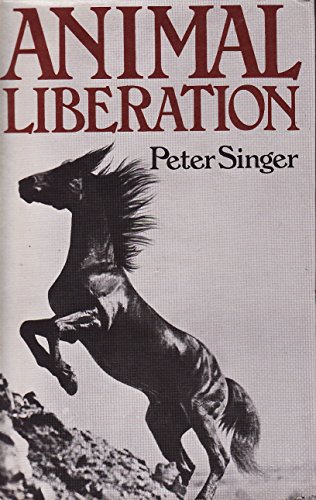



Some of the book covers on this book throughout the years

SURGE was Founded in 2016, Surge is a grassroots animal rights organization determined to create a world where compassion towards all non-human animals is the norm. Our aim is to spread awareness through large-scale campaigns, filmmaking and investigative work. Surge is committed to positive community building, teamwork and the abolition of animal use. Our vision is a world in which all animals are free from oppression and violence. (surgeactivism.com)
This book has begun to answer my question, are there any alternatives to animal testing. In the second chapter, they describe a “synthetic material called Eytex as a replacement for the Draize test” (Singer 59). The Draize eye test is a test where usually cosmetics are placed in the eye of animals such as rabbits and rodents. This is merely one example of an alternative way to test products that do not include animals.
| angelfire.com |
Eyetex uses a vegetable protein to mimic reactions of the cornea to a substance. This is an effective eye irritancy test that can replace the Draize eye irritancy test.
Testskin
Human skin grown in a sterile plastic bag is used to test for potentially harmful reactions.
Ames Test
A test culture is made of Salmonella bacteria and activating enzymes, along with the chemical to be tested. This method is extremely efficient at identifying carcinogens. In testing, it detected 90% of carcinogens and 88% of non-carcinogens. These numbers are impressively high compared to animal testing.
Singer, Peter. Animal Liberation. The Bodley Head, 2015.
It's so great that you will be able to hear him speak live next week. Have you e-mailed him with a link to your blog and asked to meet him in person? That would be even better!!
ReplyDelete